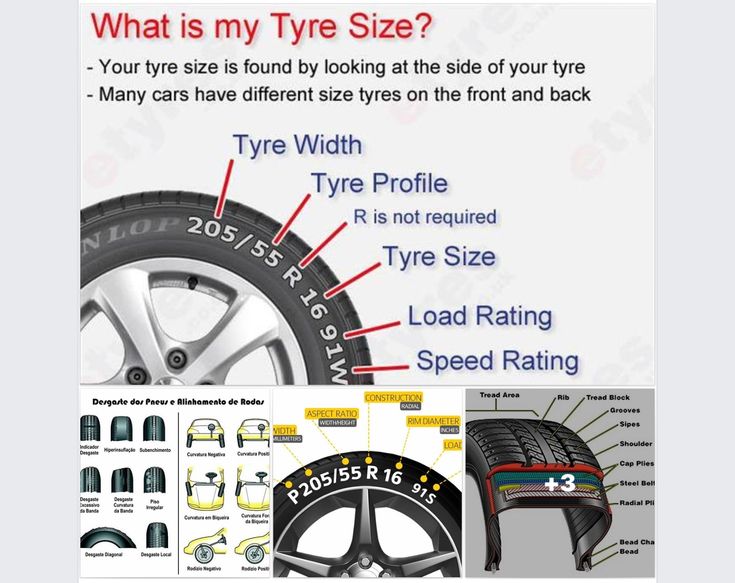Not sure what your tyre size is? You can use our tyre search tool - simply enter your registration and we'll tell you every applicable tyre size that may fit your vehicle.
How do I check my tyre size?
Can't find what you're looking for? Click here
At Formula One Autocentres, we have made buying tyres as easy as possible with our search tool. However, if you would prefer a more manual approach, follow our easy-to-use guide below:
Identifying your tyre size is quick and easy. You can find this information on the sidewall of your tyre, as shown in the image.
This information lists the size and specification of your tyre, as well as ensuring it complies with European safety standards.
Identifying your tyre size is quick and easy. You can find this information on the sidewall of your tyre, as shown in the image.
This information lists the size and specification of your tyre, as well as ensuring it complies with European safety standards.
What each code section stands for:
This code is a breakdown of four key factors when determining tyre size and type:
Width - The width of the tyre in millimetres.
Profile - The height of the tyre sidewall as a percentage of the tyre width.
Rim Size - The diameter of the tyres inner rim, in inches.
Speed Rating - The maximum recommended speed for the tyre at full load.
For example, a tyre with the code 205 / 55 R16 79T would have a tyre width of 205 millimetres, a sidewall height of 55% of the width, a 16-inch inner rim size and a speed rating of T.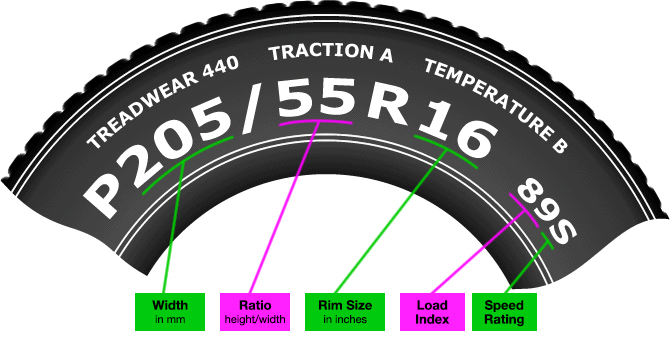
If you are searching for your tyres online using your vehicle registration number and your existing tyre size differs from the one displayed in the tyre results, simply update the relevant tyre size details and search again.
Important note: Some manufacturers specify different front and rear tyre sizes. Please check the size of tyre you want to replace before ordering.
Most tyres have a tread wear indicator located on the inner groove of the tread. It is important to check the whole tyre meets this minimum marker, as any part of the tyre tread that does not meet this marker may result in your tyre being illegal. Current UK Legislations require a minimum tyre tread of 1.6mm by law. The penalty for breaching this is a fine of up to £2500 and 3 penalty points per tyre.
Formula One Autocentres recommend checking your tyres on a weekly basis to ensure tyre pressure and tread meet legal requirements, as well as checking for any damage - as this also can result in your tyre being deemed illegal.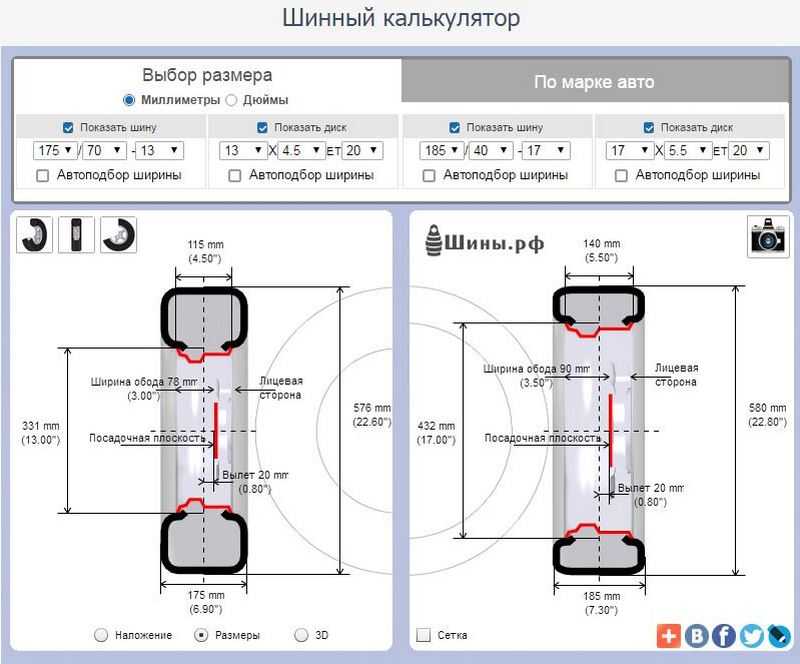
If you want more information on how to check your tyre tread, read our helpful blog post.
If you have any concerns that your tyre(s) may be illegal please call your local Formula One Autocentre - we will be happy to take a look at them for you, free of charge.
Always use formula 1 for my 2 cars and advise family and friends to use them to. Great garage great staff ?
Excellent friendly customer service, polite and very professional. Would definitely use again.
Friendly, helpful staff nice clean workshop and waiting area. Fast and efficient service. Will definitely come back for future tyre and brakes work.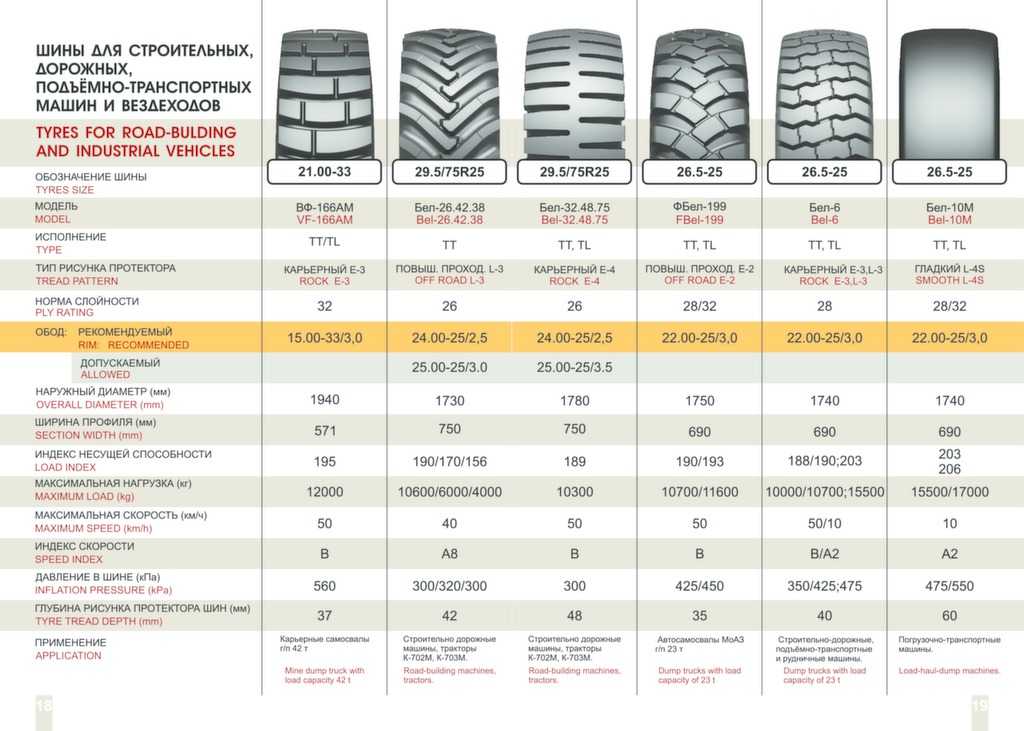
and there’s more >>
Author Name – Louise Helsby
11 Mar 2021 7 people
It is important that you know how to read your tyre size. In this article, we aim to increase your understanding of tyre sizes with a simple and easy to read tyre size guide.
You will need to know your tyre size for a variety of reasons. You may be due a tyre change and you want to browse for some new tyres online, or you may have had a blow out and need to inform a recovery service of the tyre size.
Whatever the reason, it is important that you know where to locate the tyre size and how to read the tyre sidewall to ensure you find out the correct tyre size for your vehicle.
The easiest way to find your tyre size is by simply looking on the sidewall of the tyre. Tyre manufacturers always feature the tyre size on the sidewall of the tyre.
Some premium vehicles such as Mercedes however, have different size tyres on the front and back, so you need to ensure that you get the correct tyre size of the specific tyre that you are looking to change.
If you cannot find the tyre size on the sidewall of the tyre, you will find it in the vehicle handbook.
If you do not have a vehicle handbook or the tyre size isn’t displayed on the tyre sidewall, you can retrieve your tyre size by imputing your vehicle registration into our ‘search by reg’ tyre size look up.
Your tyre size will look consists of a series of letters and numbers so it is important to distinguish what these mean.
The first set of numbers indicates the width of the tyre from the tyre tread to the sidewall in mm.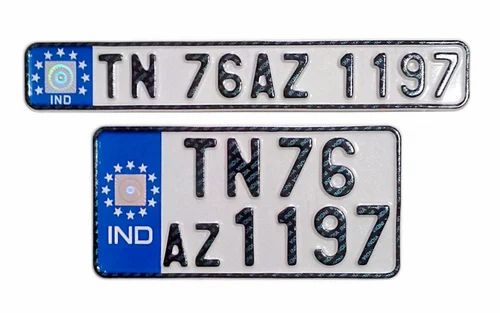
Example - 205 = 205mm
The profile of the tyre is the next two numbers. This is the height of the tyre as a percentage of the tyre width.
Example – 55 = The height of the tyre is 55% the width of the tyre.
The wheel size consists of two factors.
R = The tyre construction
The R represents the construction of the tyre. In this case the R says that the tyre is a radial ply construction. It is very uncommon that you will come across a tyre designed for a car that isn’t a radial ply construction.
16 = Rim diameter
The 16 suggests that the rim is 16 inches in diameter.
The speed rating also consists of two factors.
96 = Load index
The load index is a number that indicates what the maximum load capacity for that tyre. Many different tyres have varying load indexes as they purpose a wide variety of vehicles that vary in weight.
W = Speed symbol
The speed symbol indicates what speed the tyre is able to withstand.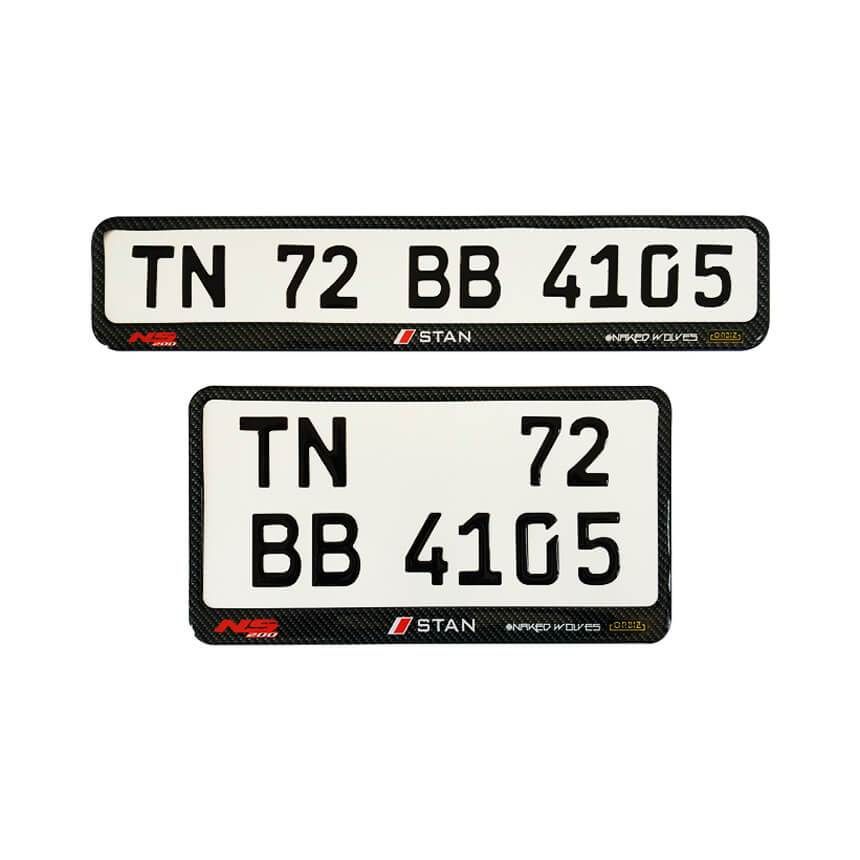 If you had a tyre with a low speed symbol and put it on an extremely fast car, this can be dangerous as the tyre will not be able to operate at that kind of speed.
If you had a tyre with a low speed symbol and put it on an extremely fast car, this can be dangerous as the tyre will not be able to operate at that kind of speed.
After you have found your tyre size and now you know what it means, you may have begun the process of browsing for new tyres for your car. At National Tyres and Autocare, we stock major tyre brands such as Continental, Bridgestone, Pirelli, Michelin, Goodyear and Dunlop.
On our website, you can search for a tyre by tyre size, or by entering your vehicle registration number. If you decide to search by reg, it is important that you manually check whether the tyre size is correct to ensure the tyres can be fitted.
Once you have chosen your desired tyre, simply add it to your basket, choose a fitting date at one of our 250 nationwide garages and make the purchase. It has also never been easier to afford the tyres you want with our National payment assist, spreading the cost over 4 payments.
Louise Helsby
Did you enjoy this blog post?
|
7 people found this review helpful
Tweet
Share
The issue of selecting tires for disks has always been relevant for motorists, since every self-respecting driver needs to know certain parameters. If the characteristics are not known and these parameters are not followed, the car will experience a significant deterioration in performance, which seriously threatens safety.
In order to match rubber to the wheels as accurately as possible, you should first study the marking of the wheels:
Wheel marking with dimensions R13 4x98 ET35 J5 D58.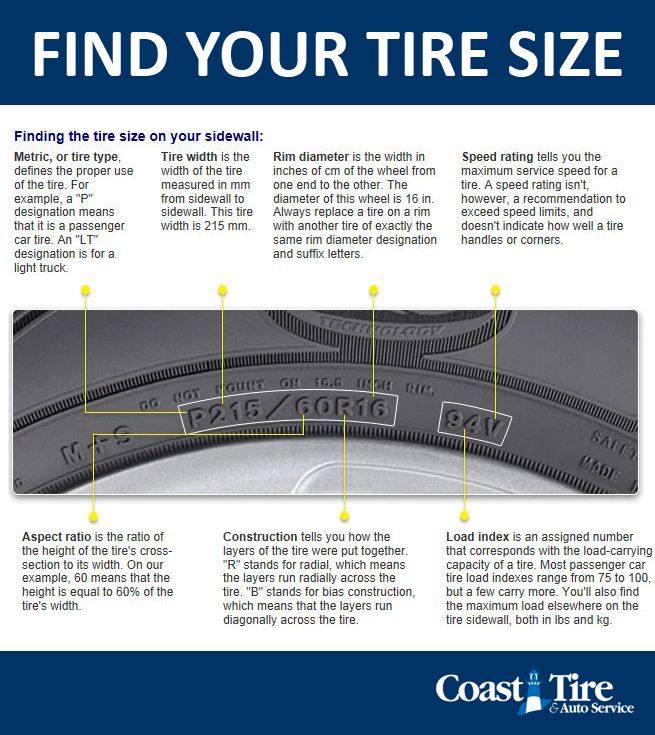 6
6
It is the latter that plays a major role in matching tires and wheels. In order to choose the right wheels for tires on passenger cars, you can use the table compiled by the specialists of Avtotire Kom. Or you can use the selection of discs for the car by clicking on the link .
Tire/Rim Matching Chart
| Disc diameter | Tire size | Wheel rim width (inches) | ||
| Minimum | Recommended | Maximum | ||
| 13" | 135/80R13 | 3.5 | 3.5 | 4.5 |
| 145/80R13 | 3.5 | 4 | 5 | |
| 155/80R13 | 3 | 4.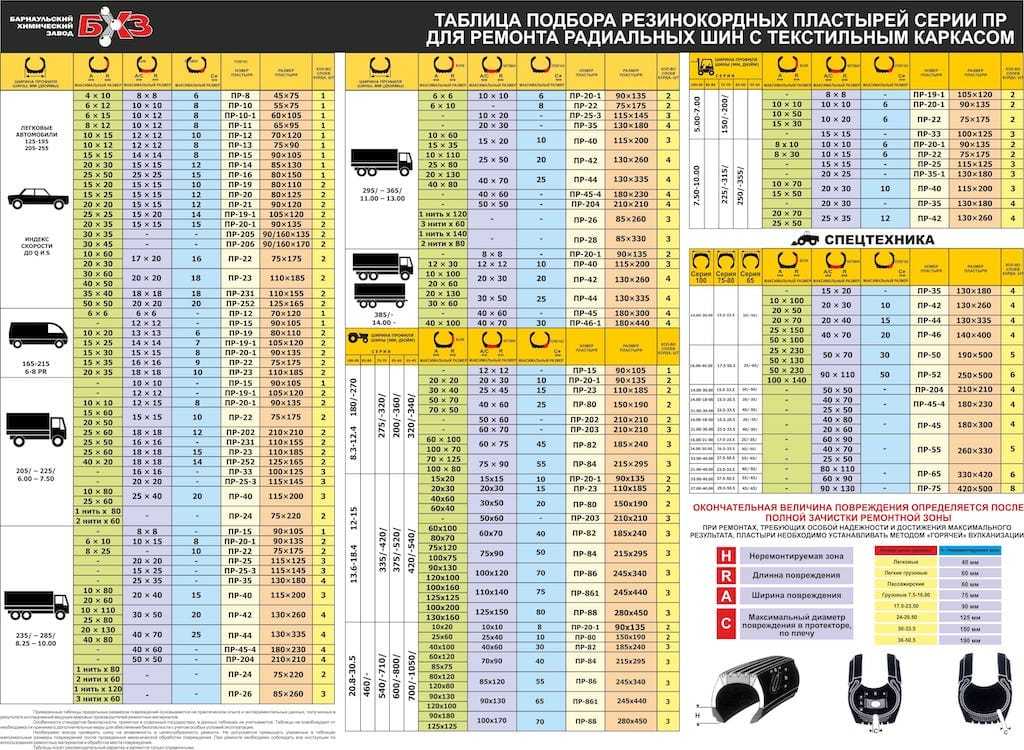 5 5 | 5 | |
| 165/80R13 | 4 | 4.5 | 5.5 | |
| 165R13 | 4.5 | 5 | 6 | |
| 14" | 175/80R14 | 4.5 | 5 | 6 |
| 185/80R14 | 4.5 | 5 | 6 | |
| 13" | 135/70R13 | 3.5 | 4 | 4.5 |
| 145/70R13 | 3.5 | 4.5 | 5 | |
| 155/70R13 | 4 | 4.5 | 5 | |
| 165/70R13 | 4 | 5 | 5.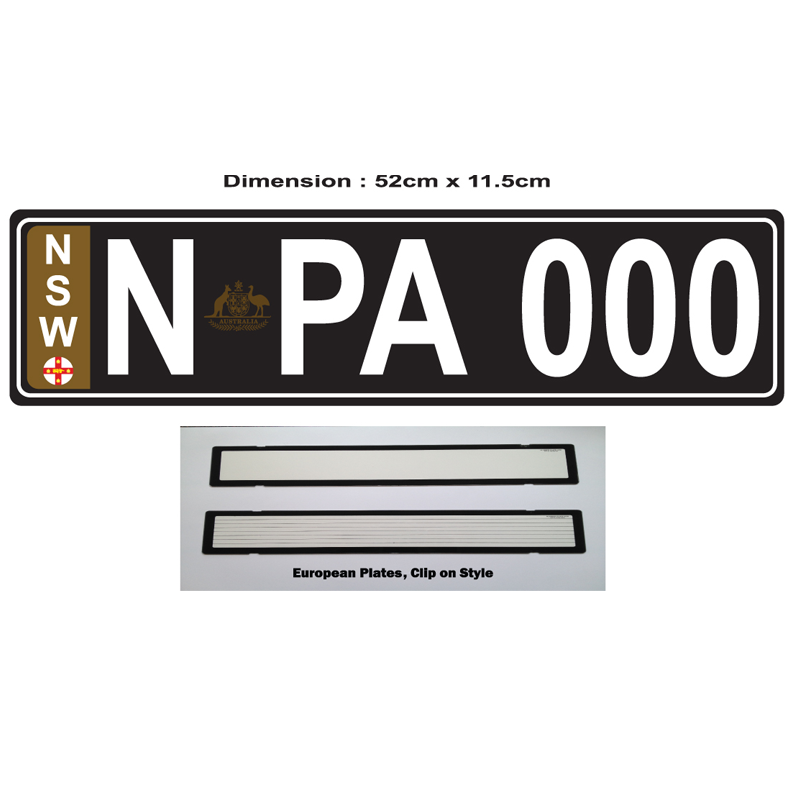 5 5 | |
| 175/70R13 | 4.5 | 5 | 6 | |
| 185/70R13 | 4.5 | 5.5 | 6 | |
| 14" | 165/70R14 | 4 | 5 | 5.5 |
| 175/70R14 | 4.5 | 5 | 6 | |
| 185/70R14 | 4.5 | 5.5 | 6 | |
| 195/70R14 | 5 | 6 | 6.5 | |
| 13" | 155/65R13 | 4.5 | 4.5 | 5.5 |
| 165/65R13 | 4.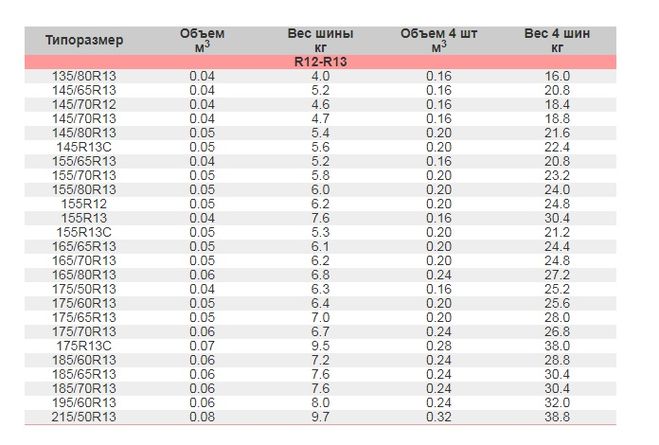 5 5 | 5 | 6 | |
| 175/65R13 | 5 | 5 | 6 | |
| 14" | 155/65R14 | 4.5 | 4.5 | 5.5 |
| 165/65R14 | 4.5 | 5 | 6 | |
| 175/65R14 | 5 | 5 | 6 | |
| 185/65R14 | 5 | 5.5 | 6.5 | |
| 195/65R14 | 5.5 | 6 | 7 | |
| 15" | 145/65R15 | 4 | 4.5 | 5 |
| 155/65R15 | 4.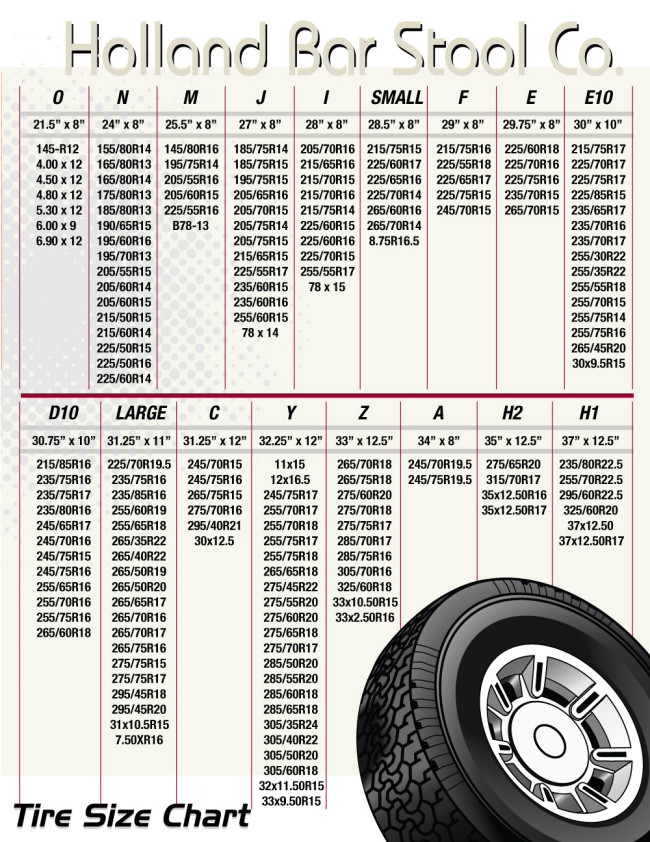 5 5 | 4.5 | 5 | |
| 165/65R15 | 4.5 | 5 | 6 | |
| 175/65R15 | 5 | 5 | 6 | |
| 185/65R15 | 5 | 5.5 | 6.5 | |
| 195/65R15 | 5.5 | 6 | 7 | |
| 205/65R15 | 5.5 | 6 | 7.5 | |
| 215/65R15 | 6 | 6.5 | 7.5 | |
| 16" | 215/65R16 | 6 | 6.5 | 7.5 |
| 17" | 235/65R17 | 6. 5 5 | 7 | 8.5 |
| 18" | 235/65R18 | 6.5 | 7 | 8.5 |
| 14" | 165/60R14 | 4.5 | 5 | 6 |
| 175/60R14 | 5 | 5 | 6 | |
| 185/60R14 | 5 | 5.5 | 6.5 | |
| 195/60R14 | 5.5 | 6 | 7 | |
| 15" | 175/60R15 | 5 | 5 | 6 |
| 185/60R15 | 5 | 5.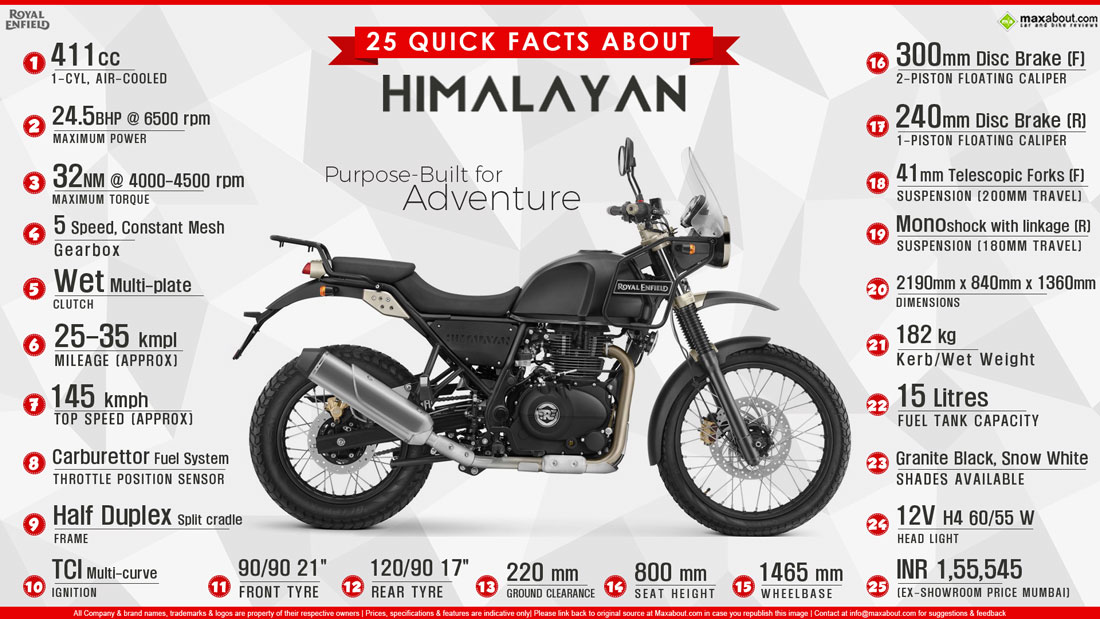 5 5 | 6.5 | |
| 195/60R15 | 5.5 | 6 | 7 | |
| 205/60R15 | 5.5 | 6 | 7.5 | |
| 225/60R15 | 6 | 6.5 | 8 | |
| 16" | 205/60R16 | 5.5 | 6 | 7.5 |
| 215/60R16 | 6 | 6.5 | 7.5 | |
| 225/60R16 | 6 | 6.5 | 8 | |
| 235/60R16 | 6.5 | 7 | 8.5 | |
| 17" | 225/60R17 | 6 | 6.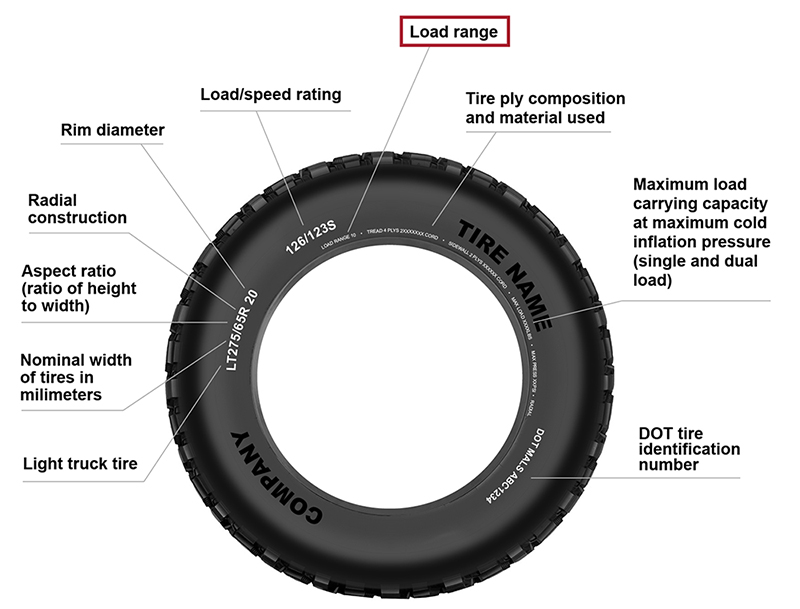 5 5 | 8 |
| 14" | 185/55R14 | 5 | 6 | 6.5 |
| 15" | 175/55R15 | 5 | 5.5 | 6 |
| 185/55R15 | 5 | 6 | 6.5 | |
| 195/55R15 | 5.5 | 6 | 7 | |
| 205/55R15 | 5.5 | 6.5 | 7.5 | |
| 225/55R15 | 6 | 7 | 8 | |
| 16" | 195/55R16 | 5. 5 5 | 6 | 7 |
| 205/55R16 | 5.5 | 6.5 | 7.5 | |
| 215/55R16 | 6 | 7 | 7.5 | |
| 225/55R16 | 6 | 7 | 8 | |
| 245/55R16 | 7 | 7.5 | 8.5 | |
| 17" | 205/55R17 | 5.5 | 6.5 | 7.5 |
| 215/55R17 | 6 | 7 | 7.5 | |
| 225/55R17 | 6 | 7 | 8 | |
| 235/55R17 | 6.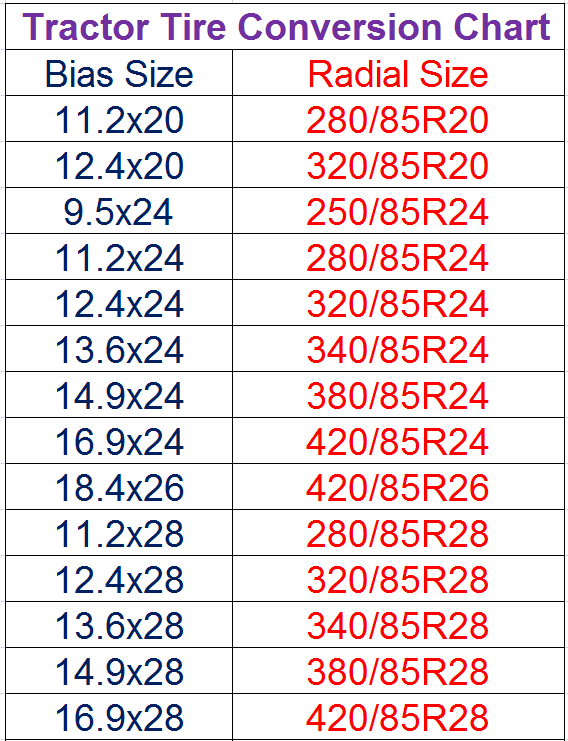 5 5 | 7.5 | 8.5 | |
| 245/55R17 | 7 | 7.5 | 8.5 | |
| 255/55R17 | 7 | 8 | 9 | |
| 15" | 195/50R15 | 5.5 | 6 | 7 |
| 205/50R15 | 5.5 | 6.5 | 7.5 | |
| 225/50R15 | 6 | 7 | 8 | |
| 16" | 185/50R16 | 5 | 6 | 6.5 |
| 195/50R16 | 5.5 | 6 | 7 | |
| 205/50R16 | 5. 5 5 | 6.5 | 7.5 | |
| 215/50R16 | 6 | 7 | 7.5 | |
| 225/50R16 | 6 | 7 | 8 | |
| 235/50R16 | 6.5 | 7.5 | 8.5 | |
| 245/50R16 | 7 | 7.5 | 8.5 | |
| 255/50R16 | 7 | 8 | 9 | |
| 17" | 205/50R17 | 5.5 | 6.5 | 7.5 |
| 215/50R17 | 6 | 7 | 7.5 | |
| 225/50R17 | 6 | 7 | 8 | |
| 235/50R17 | 6.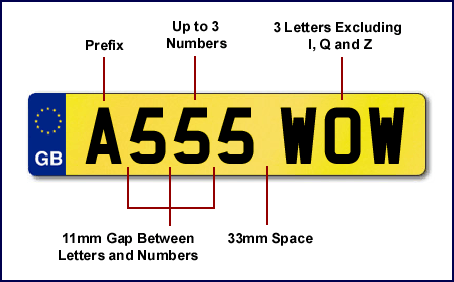 5 5 | 7.5 | 8.5 | |
| 18" | 235/50R18 | 6.5 | 7.5 | 8.5 |
| 245/50R18 | 7 | 7.5 | 8.5 | |
| 19" | 275/50R19 | 7.5 | 8.5 | 9.5 |
| 15" | 195/45R15 | 6 | 6.5 | 7.5 |
| 16" | 195/45R16 | 6 | 6.5 | 7.5 |
| 205/45R16 | 6.5 | 7 | 7.5 | |
| 215/45R16 | 7 | 7 | 8 | |
| 225/45R16 | 7 | 7. 5 5 | 8.5 | |
| 245/45R16 | 7.5 | 8 | 9 | |
| 17" | 205/45R17 | 6.5 | 7 | 7.5 |
| 215/45R17 | 7 | 7 | 8 | |
| 225/45R17 | 7 | 7.5 | 8.5 | |
| 235/45R17 | 7.5 | 8 | 9 | |
| 245/45R17 | 7.5 | 8 | 9 | |
| 255/45R17 | 8 | 8.5 | 9.5 | |
| 18" | 215/45R18 | 7 | 7 | 8 |
| 225/45R18 | 7 | 7. 5 5 | 8.5 | |
| 235/45R18 | 7.5 | 8 | 9 | |
| 245/45R18 | 7.5 | 8 | 9 | |
| 255/45R18 | 8 | 8.5 | 9.5 | |
| 275/45R18 | 8.5 | 9 | 10.5 | |
| 19" | 245/45R19 | 7.5 | 8 | 9 |
| 20" | 275/45R20 | 8.5 | 9 | 10.5 |
| 16" | 215/40R16 | 7 | 7.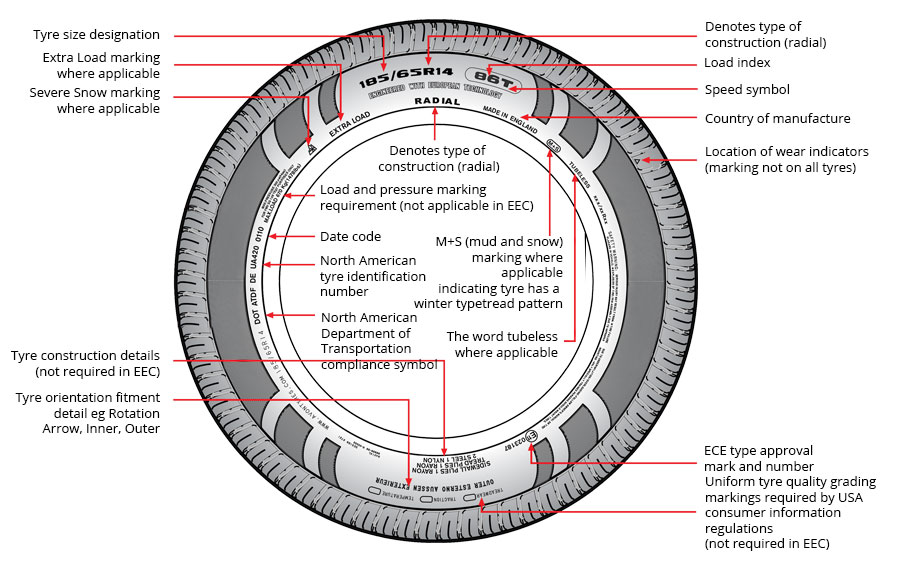 5 5 | 8.5 |
| 17" | 205/40R17 | 7 | 7.5 | 8 |
| 215/40R17 | 7 | 7.5 | 8.5 | |
| 235/40R17 | 8 | 8.5 | 9.5 | |
| 245/40R17 | 8 | 8.5 | 9.5 | |
| 255/40R17 | 8.5 | 9 | 10 | |
| 265/40R17 | 9 | 9.5 | 10.5 | |
| 275/40R17 | 9 | 9.5 | 11 | |
| 285/40R17 | 9 | 10 | 11 | |
| 18" | 205/40R18 | 7 | 7. 5 5 | 8 |
| 225/40R18 | 7.5 | 8 | 9 | |
| 235/40R18 | 8 | 8.5 | 9.5 | |
| 245/40R18 | 8 | 8.5 | 9.5 | |
| 255/40R18 | 8.5 | 9 | 10 | |
| 265/40R18 | 9 | 9.5 | 10.5 | |
| 275/40R18 | 9 | 9.5 | 11 | |
| 285/40R18 | 9.5 | 10 | 11 | |
| 19" | 225/40R19 | 7. 5 5 | 8 | 9 |
| 245/40R19 | 8 | 8.5 | 9.5 | |
| 255/40R19 | 8.5 | 9 | 10 | |
| 275/40R19 | 9 | 9.5 | 11 | |
| 20" | 245/40R20 | 8 | 8.5 | 9.5 |
| 17" | 225/35R17 | 7.5 | 8 | 9 |
| 265/35R17 | 9 | 9.5 | 10.5 | |
| 335/35R17 | 11 | 12 | 13 | |
| 18" | 215/35R18 | 7 | 7. 5 5 | 8.5 |
| 225/35R18 | 7.5 | 8 | 9 | |
| 235/35R18 | 8 | 8.5 | 9.5 | |
| 255/35R18 | 8.5 | 9 | 10 | |
| 265/35R18 | 9 | 9.5 | 10.5 | |
| 275/35R18 | 9 | 9.5 | 11 | |
| 285/35R18 | 9.5 | 10 | 11 | |
| 295/35R18 | 10 | 10.5 | 11.5 | |
| 345/35R18 | 11. 5 5 | 12 | 13.5 | |
| 19" | 225/35R19 | 7.5 | 8 | 9 |
| 235/35R19 | 8 | 8.5 | 9.5 | |
| 245/35R19 | 8 | 8.5 | 9.5 | |
| 255/35R19 | 8.5 | 9 | 10 | |
| 265/35R19 | 9 | 9.5 | 10.5 | |
| 275/35R19 | 9 | 9.5 | 11 | |
| 285/35R19 | 9.5 | 10 | 11 | |
| 295/35R19 | 10 | 10. 5 5 | 11.5 | |
| 20" | 245/35R20 | 8 | 8.5 | 9.5 |
| 255/35R20 | 8.5 | 9 | 10 | |
| 275/35R20 | 9 | 9.5 | 11 | |
| 21" | 245/35R21 | 8 | 8.5 | 9.5 |
| 255/35R21 | 8.5 | 9 | 10 | |
| 18" | 285/30R18 | 9.5 | 10 | 10.5 |
| 295/30R18 | 10 | 10.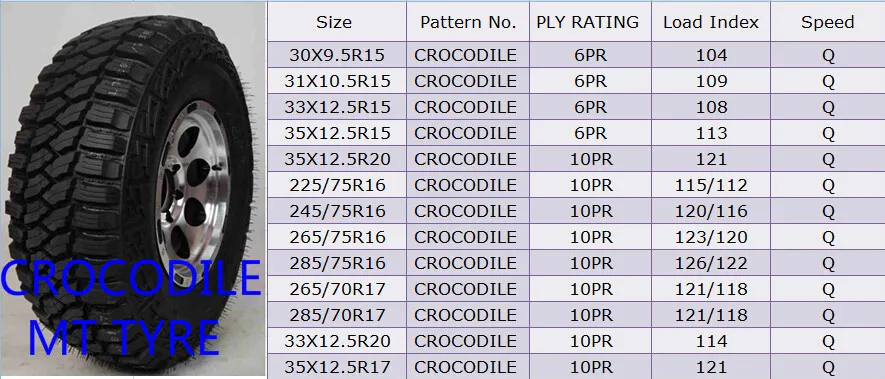 5 5 | 11 | |
| 315/30R18 | 10.5 | 11 | 11.5 | |
| 335/30R18 | 11.5 | 12 | 12.5 | |
| 345/30R18 | 11.5 | 12 | 12.5 | |
| 19" | 265/30R19 | 9 | 9.5 | 10 |
| 275/30R19 | 9 | 9.5 | 10 | |
| 285/30R19 | 9.5 | 10 | 10.5 | |
| 295/30R19 | 10 | 10.5 | 11 | |
| 305/30R19 | 10. 5 5 | 11 | 11.5 | |
| 345/30R19 | 11.5 | 12 | 12.5 | |
| 20" | 235/30R20 | 8.5 | 8.5 | 9.5 |
| 245/30R20 | 8.5 | 8.5 | 9.5 | |
| 255/30R20 | 9 | 9 | 10 | |
| 285/30R20 | 10 | 10 | 11 | |
| 335/30R20 | 12 | 12 | 13 | |
| 21" | 255/30R21 | 9 | 9 | 10 |
| 285/30R21 | 10 | 10 | 11 | |
| 295/30R21 | 10 | 10.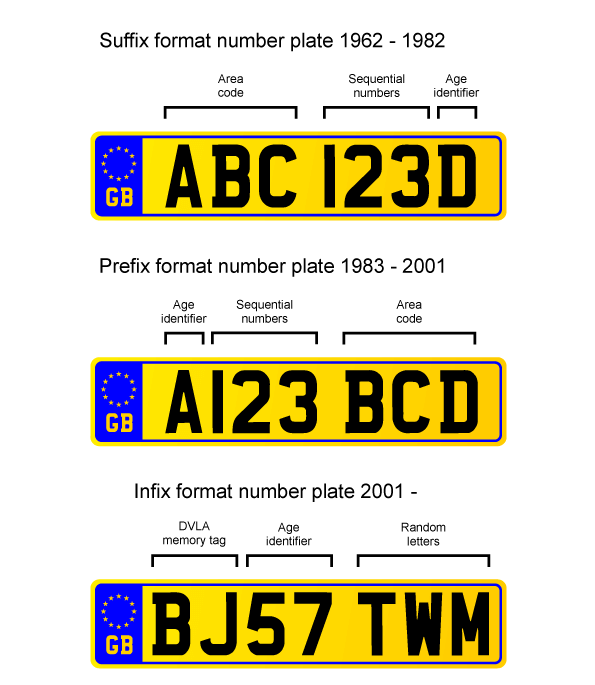 5 5 | 11 | |
| 22" | 255/30R22 | 9 | 9 | 10 |
| 19" | 315/25R19 | 11 | 11.5 | 12 |
| 20" | 285/25R20 | 10.5 | ||
| 295/25R20 | 10 | 10.5 | 11 | |
| 325/25R20 | 11.5 | 12 | 12.5 | |
| 21" | 295/25R21 | 10 | 10.5 | 11 |
| 22" | 295/25R22 | 10 | 10.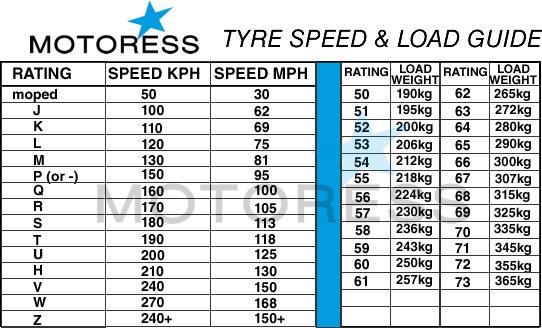 5 5 | 11 |
| Tire labels - how to read? From November 1, 2012, tires sold in countries within the European Union must have special stickers. They contain information, in particular, on the fuel.. 11 July 2022, 11:34 | |
| Causes of tire wear Tire wear is often the result of too much speed at which we move. However, there are many more factors influencing this process. Tire condition during .. July 04, 2022, 11:58 | |
| What is the minimum tread depth allowed? The tread of a tire is sometimes analyzed in terms of appearance and shape, modern technologies implemented by the manufacturer, or performance in winter conditions. However, the key parameter of tires in.  . . 23 June 2022, 10:06 | |
| Tire deformation and side ties. What to do with them? One of the remarkable and main features of the structure of the inner part of any tire is the threads that make up the cord. For quite a long time they have a radial location at.. June 08, 2022, 10:21 | |
| Wheel alignment - do I need to change tires? If your vehicle behaves on the road, it may mean that you need to replace suspension components, steering system, wheels or tires. For this may.. 07 April 2022, 15:47 | |
See also
Numbers and letters on a car tire provide all the necessary information about it. True, it is not easy to read them - here, even in the designation of one parameter, several measurement systems can be used simultaneously. In addition, many values are expressed in special indices. We decipher all important labels for the buyer.
In addition, many values are expressed in special indices. We decipher all important labels for the buyer.
adv.rbc.ru
The tire marking is information about its properties printed on the outer rim. This is a huge amount of useful information. Here are the parameters of the tire that can be read from it itself:
The size designation is written in the form XXX/XX R XX. For example 225/65 R17.
The first three digits are the tire width in millimetres.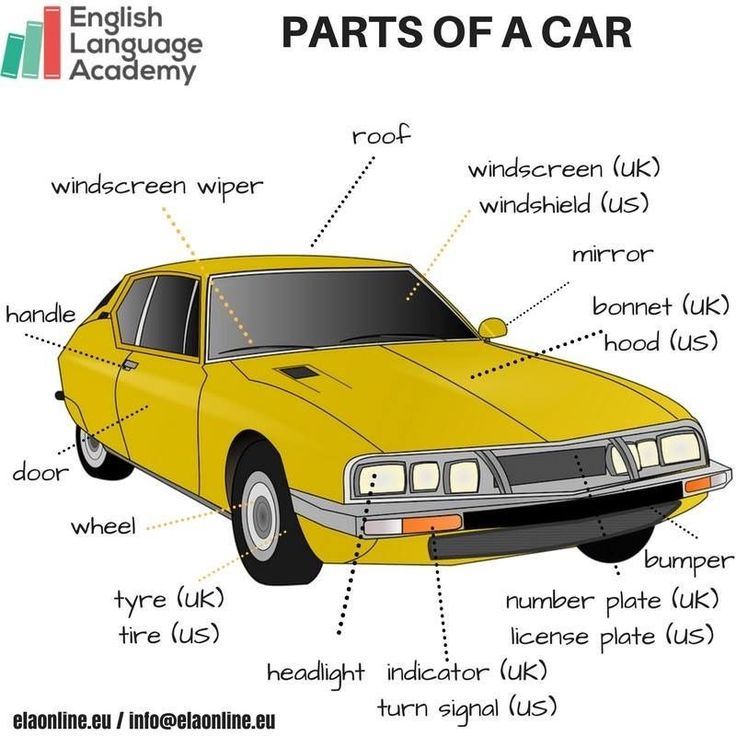 In our case - 225 mm.
In our case - 225 mm.
The second digit is the height, but not in millimeters, but as a percentage of the width. In our case, its height is 146.25 mm (225 * 0.65).
The third number after R is the outside diameter of the wheel or the inside diameter of the tire in inches. In our case, this is 17 inches or 43.18 cm. Do not confuse - this is the radius, not the diameter. The letter R itself stands for the radial design of the tire, which confuses many. Sometimes Radial can be written separately on the bus - the meaning is the same. In addition to the radial, there is also a diagonal design (D), but these are not found today.
Two numbers and a letter immediately follow the size. These are the codes for the load capacity and speed limit of the tire.
Two digits - capacity or load index. This is a complex system of values, in which the larger the number, the greater the load, but the step size between the values is not constant. Therefore, it is easier to just know the most common of them:
Therefore, it is easier to just know the most common of them:
The index value is the load on each wheel separately. To calculate the total load capacity, multiply by 4. This value can also be written elsewhere in a simpler form: Max load - xxx kg.
This value can also be written elsewhere in a simpler form: Max load - xxx kg.
Photo: Shutterstock
The letter after the two digits of the load index is the index of the maximum speed for which the tire is designed. It starts with A, but the values relevant for modern machines start from the second half of the Latin alphabet:
This is not the limit, but the maximum "comfortable" value. In exceptional cases, you can even exceed it by 20-30%, but it is better to avoid this.
Another key parameter is the timing of the tire.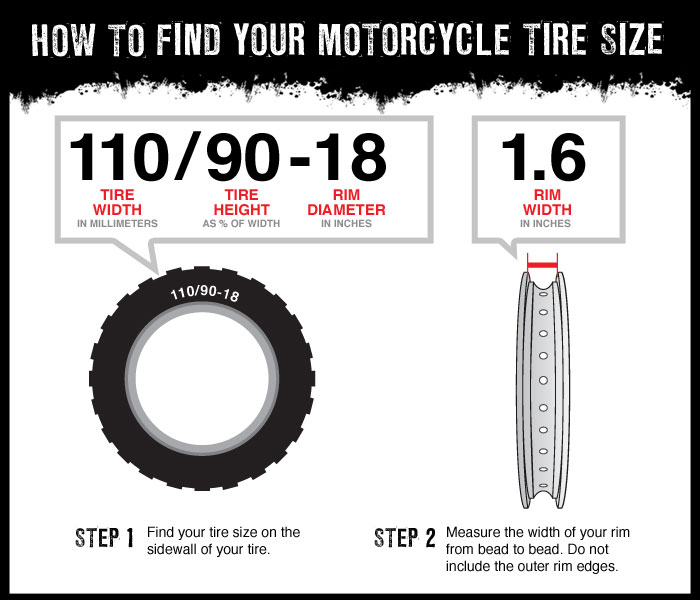 Usually it is indicated in a rounded rectangle, but may be without a frame. The first two digits are the week, and the second two are the year.
Usually it is indicated in a rounded rectangle, but may be without a frame. The first two digits are the week, and the second two are the year.
Also, three more parameters are usually indicated on the tire - wear resistance margin, grip quality class and temperature index.
The wear index is denoted by the word treadwear. Its unit is 480 km. Multiply the number next to that word by that value. If treadwear is 400, it means that under test conditions at the test site, such a tire has worn out after driving 192,000 km. Also, this parameter can be designated separately as the abbreviation TWI.
Traction is a measure of how well a tire grips on wet road surfaces. It has values from AA - the best level, to CC - the worst. Tires for regular passenger cars usually have class A, and the highest class is for sports and racing.
Temperature is the tire's ability to withstand heat when driving at a certain speed. There are three values here:

Tires of modern passenger cars most often have this index value - A.
Photo: Shutterstock
The letter E with a number indicates that the tire complies with the rules of the European Tire Standards Association (ETRTO) and has a corresponding certificate . The number indicates the country that issued it - but this does not matter, since the ETRTO requirements are the same. In this case, the tire can be produced anywhere.
The weather conditions in which this tire is allowed to be used are also usually indicated:
Winter tires must have a first, second or third designation.
On some tires you can find the designation of the type of car for which they are intended:
In addition, the tire may be marked with:
